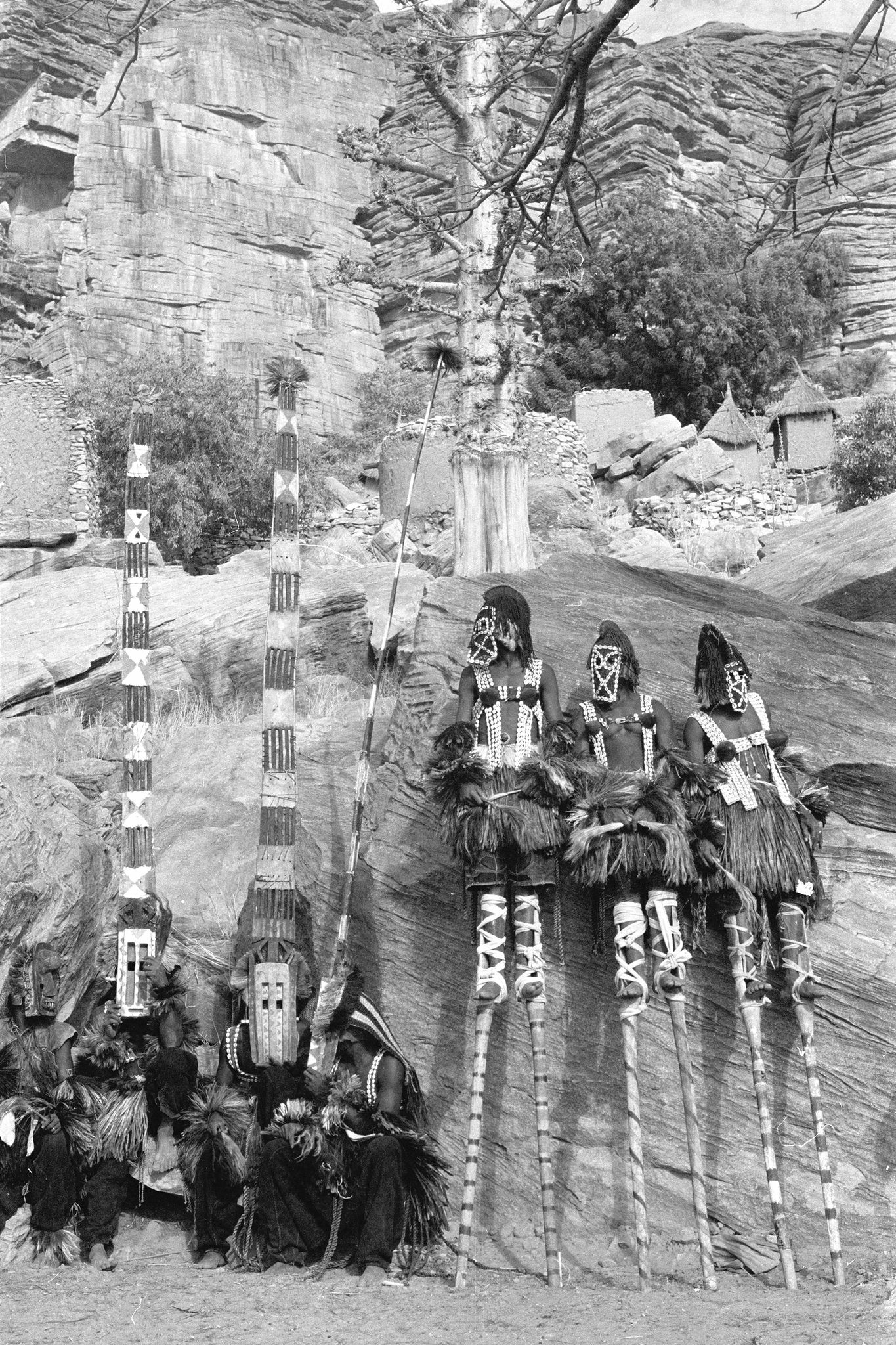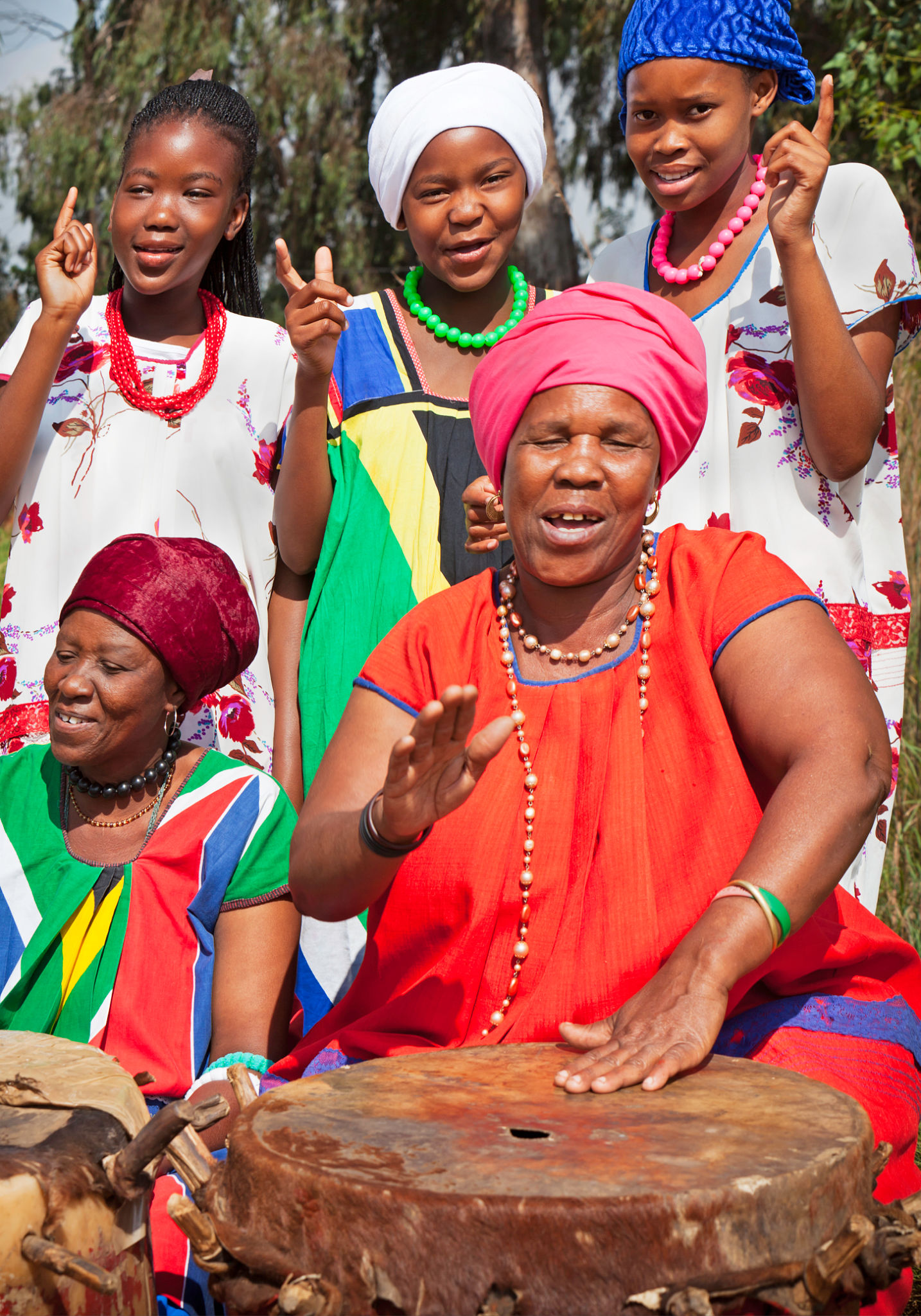The Rich History of African Drumming and Dance
Introduction to African Drumming and Dance
The rich history of African drumming and dance is an integral part of the continent's cultural heritage. These art forms have served as a powerful means of communication, storytelling, and expression for centuries. Not only do they hold significant spiritual and social importance, but they also provide a captivating glimpse into the diverse traditions and values of African communities.
African drumming and dance are deeply intertwined, creating a rhythmic dialogue that transcends spoken language. Each beat, step, and movement carries profound meaning, reflecting the beliefs and experiences of the people. This cultural expression has played a pivotal role in ceremonies, rituals, and celebrations across Africa.

The Role of Drumming in African Culture
Drumming holds a central position in African culture, serving as both a musical and communicative tool. African drums come in various shapes and sizes, with each type holding its own significance. Some of the most well-known drums include the djembe, talking drum, and the conga. These instruments are often crafted with meticulous attention to detail, using natural materials like wood, animal skins, and ropes.
The rhythms produced by African drums are more than simple musical patterns; they are a language in themselves. Drummers use specific beats to convey messages, call communities together, or accompany important events such as weddings, funerals, or harvest festivals. The intricate rhythms can signify different emotions and tell stories that resonate with listeners on a deep level.

The Spiritual Significance of Drumming
Beyond its musical and communicative roles, drumming holds a profound spiritual significance in many African traditions. Drums are often considered sacred objects, believed to possess divine power. They are used in rituals to connect with ancestors or deities, acting as a medium between the physical and spiritual worlds.
In some cultures, drumming is used as a form of healing, where the rhythms are thought to restore balance and harmony within individuals and communities. The transformative power of drumming is deeply respected and continues to be an essential aspect of spiritual practices across Africa.
The Art of African Dance
African dance is a vibrant and dynamic expression of life, characterized by its energetic movements, rhythmic patterns, and cultural symbolism. Like drumming, dance serves as a form of communication and storytelling. Each dance style is unique to its region, reflecting the diverse cultural landscapes found across the continent.

Dances often accompany major life events or seasonal celebrations and can vary greatly in style—from the explosive jumps and kicks of the West African Sabar dance to the graceful and fluid movements of the East African Bwola dance. These dances often mirror daily activities or historical events, providing insight into the lives and experiences of the community.
The Social Aspect of Dance
Dance in African culture is not just a performance but a communal experience that brings people together. It fosters a sense of unity and belonging, as participants move in harmony with one another. Dance circles are common in many communities, where individuals take turns showcasing their skills while being supported by others through song and rhythm.
This collective participation strengthens social bonds and reinforces cultural identity. In many ways, dance acts as a living archive of history and tradition, passed down from generation to generation.

The Global Influence of African Drumming and Dance
The impact of African drumming and dance has extended far beyond the continent's borders, influencing musical genres such as jazz, blues, reggae, and hip-hop. Elements of African rhythms can be heard in popular music worldwide, demonstrating their universal appeal and adaptability.
In recent years, there has been a resurgence of interest in African drumming and dance globally. Workshops, festivals, and cultural exchanges celebrate these art forms, allowing people from diverse backgrounds to experience their powerful energy firsthand. This global appreciation highlights the timeless appeal and enduring significance of African cultural expressions.
